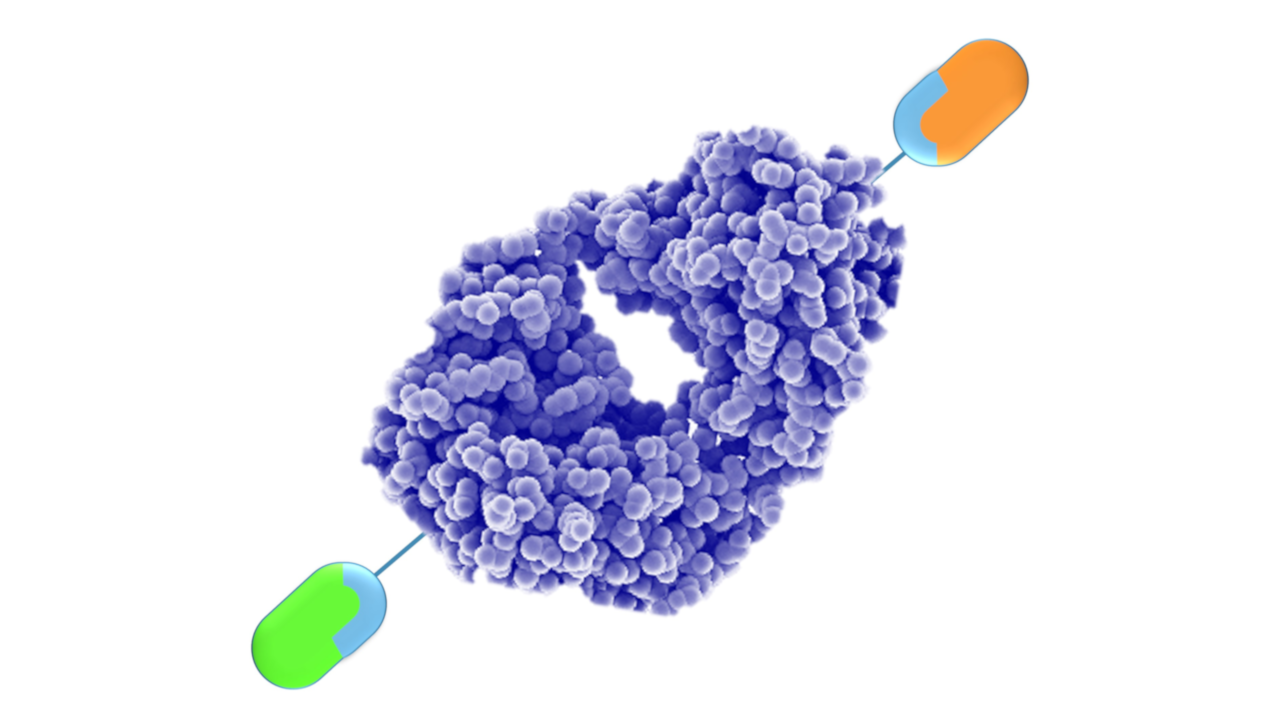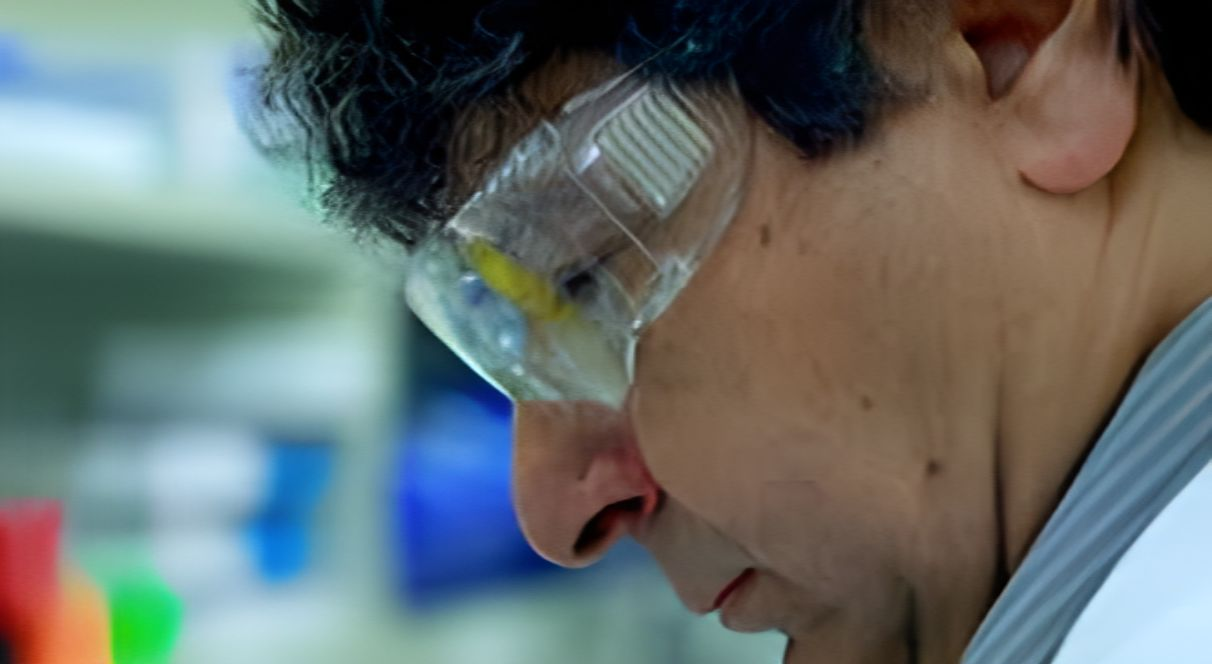Development of a first in class treatment for Multiple Sclerosis

Summary
Multiple Sclerosis (MS) receives significant attention for all the wrong reasons. With over 2.9 million people globally suffering from the disease increasing by an average of 52,000 per year. And because this is a progressive disease the treatment cost estimated at over $50,000 USD per annum continues for the life of the person.
Current treatment options are limited and tend to treat symptoms only giving the impression they slow down the development of the disease and the damage it continues to cause.
A molecule has been discovered which has been found to produce extraordinary results in MS animal trials where it appeared not only to halt the progress of the disease, but to repair existing nerve damage and restore mobility.
This project is open for funding or investment to develop this lead molecule into a drug candidate ready for commercialisation within two years, potentially bringing improvement to the lives of the 2.9 million people suffering from this disease.
Our story


This potential new treatment for MS comes with an interesting backstory. The molecule IMX39P was developed over 10 years via a collaboration between two renowned medical institutions.
It was found to produce extraordinary results in MS animal trials restoring mobility and repairing nerve damage. Not only did IMX39P slow down the progression of MS, but animals showed dramatic recovery and even regained sociability.
Current MS treatments tend to moderate inflammation but do not address the accumulated nerve damage or the root cause of MS, so the sufferer is faced with the disease’s relentless progression to permanent disability. IMX39P gives hope as a new therapeutic approach binding and potentially protecting the person from accumulating further nerve damage, while reducing disability due to repair of damaged nerves.
However, the half-life of IMX39P was found to be too short. Half-life is the measurement of how quickly the drug is metabolised and how long it remains in the blood stream. Molecules with a very short half-life necessitate multiple frequent doses over a number of hours in a health care setting. Impractical and expensive for diseases such as MS that require long-term treatment.
IMX39 is a surrogate molecule that is being developed via a collaboration between the two institutes that originally developed IMX39P, led by Imunexus Therapeutics Ltd, a private Australian biotechnology company. It will exactly mirror the therapeutic functions of the original IMX39P, but where it differs is that it will have a longer half-life and improved selectivity for the site where MS disease progression occurs. Consequently, IMX39 will become applicable for clinical use and aim to restore nerve function and restore the physical and social functions of MS patients.
The development will be led by Imunexus Therapeutics whose Chief Scientific Officer, Dr George Kopsidas, who has over 23 years of drug development, translation and commercialisation experience is leading the project.
Endorsed by
You can have a great research idea, but it takes hard work and innovation to make it feasible in terms of delivering practical solutions that have commercial applicability and address medical need. George’s contribution to medical science is that his ideas come from strong molecular biology knowledge combined with his ability to problem solve, optimise and scale in order to provide a technology platform or product that can be taken to market.
George has led many teams and initiatives, creatively generating ideas that drive platform development, while being involved at the coalface, moving and pushing things along in the laboratory.
Over the years I’ve had the opportunity to participate in several projects with George, creating new platforms for protein engineering and product development, some of which are key drivers of new biologics drug discovery and optimisation in industry.

Throughout his career George has pioneered groundbreaking solutions for critical diseases, including oncology and autoimmune disorders. He has not only established himself as a leader in biotechnology but has founded Imunexus therapeutics and as Chief Scientific Officer integrated his scientific expertise with commercial knowledge. Collaborating with other research organisations and with pharmaceutical companies, George has led research that have resulted in patents, bridging the gap between discovery and impact.
George’s contribution to science includes helping other scientists, freely giving advice on planning, grant writing and commercialisation, George enables others to create therapies to reduce diseases and alleviate suffering.

What stands out in science today is a researcher who not only understands the science, but what industry needs.
George’s discovery work is impressive because he understands the productivity of his platform. The statistics he maintains enable him to be really switched on about how to look at a research project and create realistic guidance as to expectations as to research productivity (and therefore required investment in people and resources) that are based on facts and data.
Over more than seven years I’ve seen him sink his life into his work. He is deeply committed and undistracted. He has absolute clarity around his drug discovery process and this drives development of commercially valuable and viable IP and product.
